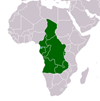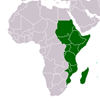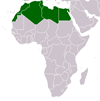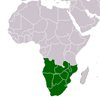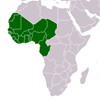The Effectiveness of International Arms Control Measures Regarding Weapons of Mass Destruction: The Case of the Russia-Ukraine Conflict
The Effectiveness of International Arms Control Measures Regarding Weapons of Mass Destruction: The Case of the Russia-Ukraine Conflict
It is without doubt that the Russian invasion of Ukraine has increased the global threat from the use of Weapons of Mass Destruction (WMD), including chemical munitions. Equally, there have been multiple claims from Ukraine in October 2022 that Russia was using WMD and chemical munitions in Ukraine after white phosphorus munitions were found during a fight between Ukrainian and Russian soldiers in Donetsk, Ukraine. The current paper seeks to interrogate the existing faculty of knowledge concerning the effectiveness of international control measures on WMD. Beyond the centralisation of the critical analysis of the effectiveness of control measures, the paper at hand argues that these measures in the form of multilateral treaties have not produced the required results, especially in disarming global superpowers (the United States and Russia) and alternative nuclear pariah states like North Korea. To some extent, the ineffectiveness of the control measures has now motivated Russia to utilise some of the WMD in Ukraine. Methodologically, the paper has employed a qualitative research approach that is dependent on secondary data materials and content analysis.
CITATION: Rapanyane, Makhura B.. The Effectiveness of International Arms Control Measures Regarding Weapons of Mass Destruction: The Case of the Russia-Ukraine Conflict . London : Adonis & Abbey Publishers , 2024. African Journal of Peace and Conflict Studies Vol. 13, No. 1, 2024, pp. 89–106 - Available at: https://library.au.int/freffectiveness-international-arms-control-measures-regarding-weapons-mass-destruction-case-russia

